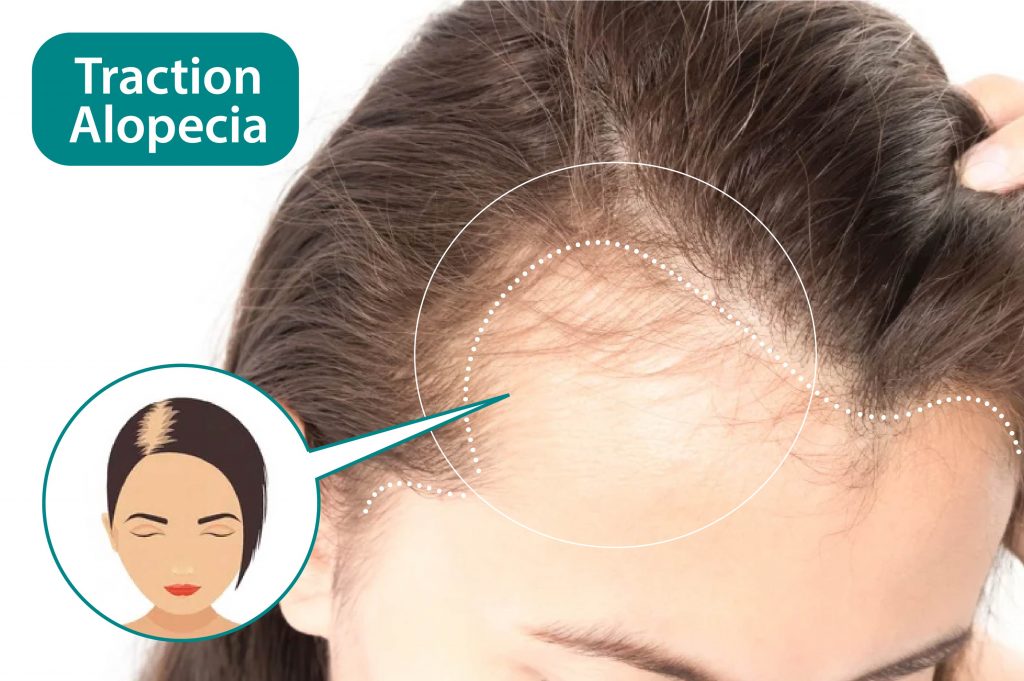
Introduction: What is Hair Loss ?
Hair loss can be caused by many things including genetics, age, stress, and poor nutrition. There are four main types of hair loss: male pattern baldness, female pattern baldness, alopecia areata, androgenetic alopecia. Each type of hair loss requires different treatments. Male pattern baldness can be treated with finasteride or minoxidil. Female pattern baldness can be treated with Rogaine or laser therapy.
Types of hair loss:
 Male pattern baldness:
Male pattern baldness:
Male pattern baldness, also referred to as androgenetic alopecia, is a type of hair loss that is caused by hormones and genetics. It is the most common type of hair loss in men. The condition usually starts with a receding hairline and then progresses to thinning hair on the top of the head. Male pattern baldness can occur at any age, but it is most common in men who are 50 years old or older.
There is no cure for male pattern baldness, but there are treatments that can help reduce the symptoms. Treatment options include medications, scalp surgery, or hair transplants. Some people also choose to wear wigs or hats to cover up their bald spots.
Although male pattern baldness is a common condition, it can be embarrassing and cause self-esteem issues for men who experience it.
Female pattern baldness:
Female pattern baldness is a common type of hair loss that affects women. It is often caused by a combination of hormones and genetics. The most common symptoms are a general thinning of the hair on the scalp, and in some cases, bald patches may develop. Female pattern baldness can occur at any age, but it is more common in women over 50. There are many treatments available for female pattern baldness, including medications, bioidentical hormone replacement therapy, nutrients supplement for hair strengthening and regrowth, laser therapy, and hair transplants.
Alopecia areata:
Alopecia areata is a common autoimmune disorder that results in hair loss on the scalp and other areas of the body. The cause of alopecia areata is unknown, but it is thought to be related to genetics and environmental factors. Alopecia areata usually causes patchy hair loss, but in some cases can lead to total hair loss. There is no cure for alopecia areata, but treatments are available that can help restore hair growth.
Telogen effluvium:
Telogen effluvium is one of the most common types of hair loss, accounting for about 30 percent of all cases. It typically occurs when there is a sudden change in the environment, such as after giving birth or during a period of high stress. During telogen effluvium, more hair than normal enters the telogen (dormant) phase, and as a result, large amounts of hair can be lost. The good news is that telogen effluvium is usually temporary and hair will eventually grow back.
Traction alopecia:
Traction alopecia is a form of hair loss that is caused by wearing tight hairstyles or hair extensions over a long period of time. Traction alopecia can also be caused by using hot tools such as curling irons and straighteners on a regular basis. The constant pulling on the hair can cause the hair follicles to become damaged and eventually die, leading to hair loss.

Androgenetic alopecia:
Androgenetic alopecia, also known as pattern baldness, is the most common type of hair loss. It affects both men and women and is caused by a combination of genetic and hormonal factors. The main symptom is thinning hair on the scalp, which may progress to baldness.
There is no cure for androgenetic alopecia, but there are treatments that can help slow its progression. These include topical medications such as minoxidil (Rogaine) and finasteride (Proscar), and hair transplant surgery.
Some people with androgenetic alopecia choose to wear wigs or hairpieces to cover up their baldness. Others choose to embrace their new look and go completely bald.
Conclusion About Causes of Hair loss
In conclusion, hair loss can be caused by a variety of factors, and there are a variety of ways to treat it. If you are experiencing hair loss, it is important to consult with a doctor in hair clinic to determine the cause and the best treatment for you.

 Male pattern baldness:
Male pattern baldness:



